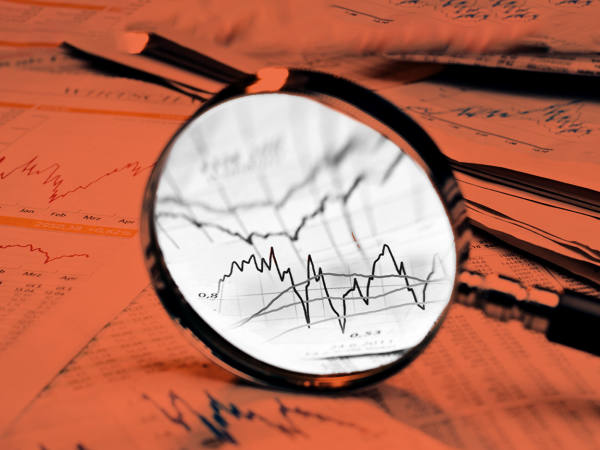- Over time, equities go up
- Or did they just go up for the past century?
How’s this for a bit of upbeat, award-winning analysis: “That well-worn advice – time in the stock market beats attempts to time the stock market – has plenty to commend it, it turns out”?
The author? Yours truly. The award? CFA UK’s trade journalist of the year, given for a piece published last year on the long-term resilience of equities. And the need for this boastful mention? Well, it’s less of a brag than an admission. You see, reading it back a year on, it's worth looking at again.
This isn’t because the thrust is wrong, per se. The article’s defence of stocks is backed up by evidence, including research from Goldman Sachs Asset Management that shows global equities’ rolling one-year returns were positive 78 per cent of the time over the past half-century, 88 per cent of the time over three-year periods, 97 per cent over 10 years, and 100 per cent over 15 years.
That’s the sort of observation that should help even the most fretful stockpicker sleep at night.
Nor is Goldman Sachs alone in pointing it out. Pay for financial advice, and you’ll be reminded of equities’ long-term strength. Thumb through Barclays’ Equity Gilt Study – that august almanac of post-1899 annual price data – and you’ll be warmed by the number-led reassurance that while some years suck, stocks are the best tool for growing your wealth over decades.
Recently, however, I’ve been wondering about the solidity of this view’s foundations. This isn’t because I now doubt the recording of prices, which are hard to get wrong or to fake. Instead, I mean to question the degree to which a century-and-a-bit of market moves are statistically significant.
Of course, 125 years of modern markets feels like a relevant sample size. If you collect all the data there is, there can be no sampling error. But in establishing a ‘normal’ range for annual equity returns, we have only spun the roulette wheel a few handfuls of times. And while each spin represents many other spins (in the form of individual stock price movements), their importance is undercut by the fact that stocks often move in sync. For our purposes, it’s market moves that matter.
Outside of finance, you’ll find plenty of people querying the meaningfulness of such a defined and narrow timespan. In 1919, the psychologist Edwin Boring warned about attributing statistical significance without scientific context. Three years ago, a climatology paper on drought argued that century-long datasets are around a tenth of the length needed to make scientific inferences.
Granted, lots of types of data lead to stable hypotheses about the world rather than iron-clad laws of physics. Statisticians’ answer to this is to establish what’s known as confidence intervals, to separate the probable from the rare or discountable. However, these boundaries, such as the range we can realistically expect next year’s stock returns to fall within, only tell us so much about markets.
For example, since 1871, the S&P 500 has fallen by at least 50 per cent on four occasions. This doesn’t mean we should ‘expect’ a similar correction every four decades. In truth, we might have been especially unlucky. Then again, maybe millennia of data would suggest that a 95 per cent drop in global stocks – something that has never happened – should be expected once a century.
Another way to illustrate this point is to think about the performance of stocks since December 2008. For sure, this 15-year window contains data of historic significance, as Barclays' annual survey would put it. But there are only around seven more 15-year periods in its dataset. It would be odd to claim that the post-Lehman world can help us make sense of the wider sweep of market history. So why do we make an exception for a period within the same order of magnitude?
The truth is, we don’t have much more to go on. A rough map is still worth using if it’s the only thing to hand. But we shouldn’t forget its limits.










